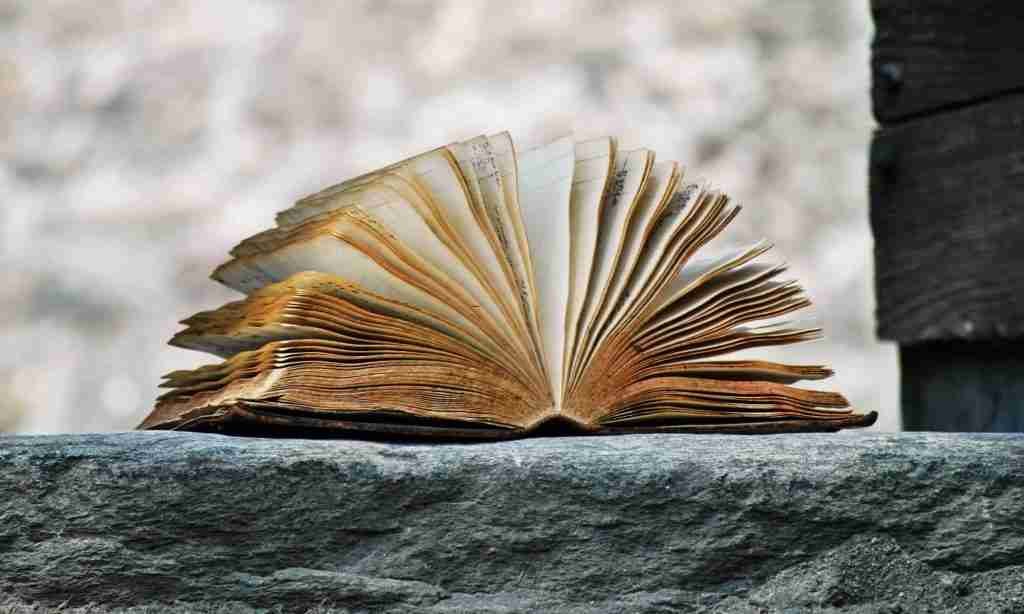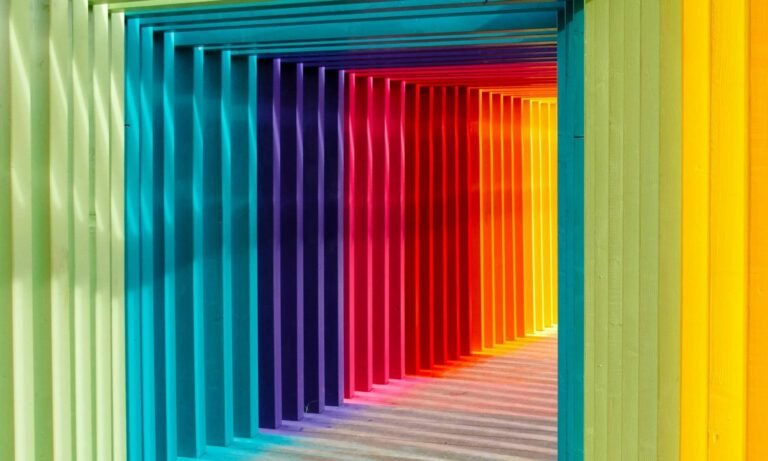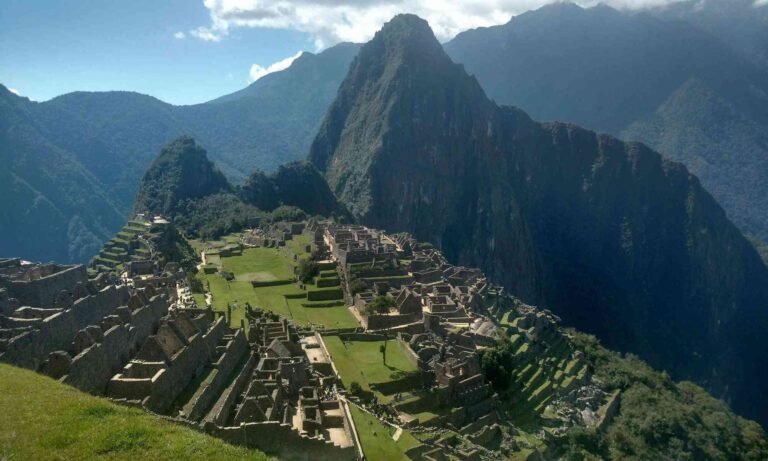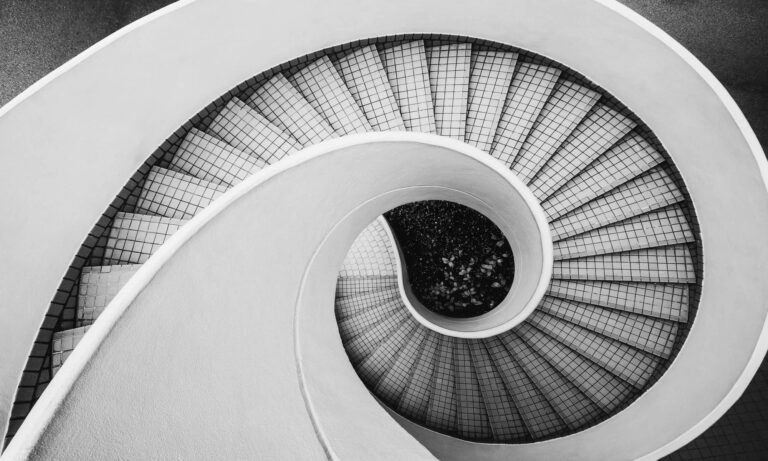The White Temple, or Wat Rong Khun, in Chiang Rai, Thailand, is a contemporary Buddhist temple designed by Thai artist Chalermchai Kositpipat. It stands out for its unique design and symbolism.
History And Construction
- Design and Construction: Chalermchai Kositpipat began the construction of the White Temple in 1997. He financed the project himself, aiming to create a center of learning and meditation and a piece of architectural art dedicated to Lord Buddha.
- Ongoing Project: The temple is still a work in progress, with Chalermchai intending to continue expanding and refining it. The entire complex is expected to be completed around 2070.

Architecture And Design
- All-White Exterior: The temple is predominantly white, symbolizing the purity of the Buddha. Unlike traditional Thai temples adorned with gold, the White Temple’s white color emphasizes spiritual purity.
- Glass and Mirrors: The temple is embedded with small pieces of glass and mirrors that sparkle in the sunlight, representing Buddha’s wisdom shining throughout the universe.
- Bridge of the Cycle of Rebirth: Visitors enter the temple via a bridge crossing over a small lake. The bridge symbolizes the journey from the cycle of rebirth (samsara) to the state of nirvana. Below the bridge, outstretched hands symbolize desire and human suffering.
- Gate of Heaven: After crossing the bridge, visitors pass through the “Gate of Heaven,” guarded by two creatures representing Death and Rahu, who decide the fate of the dead.
Symbolism And Artwork
- Interior Murals: The temple’s interior walls feature elaborate murals that mix traditional Buddhist imagery with modern elements, including depictions of superheroes, movie characters, and even scenes from contemporary events. These murals symbolize the struggle between good and evil.
- Ubosot (Main Hall): The main hall contains a golden Buddha statue and is intricately decorated with mythical creatures, celestial beings, and intricate patterns.
- Golden Building: In contrast to the white temple, a golden building on the grounds serves as the restrooms. This building represents worldly desires and materialism, in stark contrast to the purity and spiritual focus of the white temple.

Visiting The White Temple
- Location: Wat Rong Khun is located about 13 kilometers south of Chiang Rai city center, making it easily accessible for tourists.
- Opening Hours and Fees: The temple is open daily to visitors, typically from 8:00 AM to 5:00 PM. There is usually a small entrance fee to help fund the ongoing construction and maintenance of the temple.
- Etiquette: Visitors are expected to dress modestly and behave respectfully, as the White Temple is a place of worship. Photography is generally allowed outside but may be restricted inside the main hall.
Cultural And Artistic Impact
- Tourist Attraction: The White Temple is a major tourist attraction in northern Thailand, drawing visitors from around the world due to its unique architecture and artistic significance.
- Artistic Vision: Chalermchai Kositpipat’s vision for the White Temple is to create a space where art, religion, and culture intertwine, providing a thought-provoking experience that encourages reflection on life and spirituality.
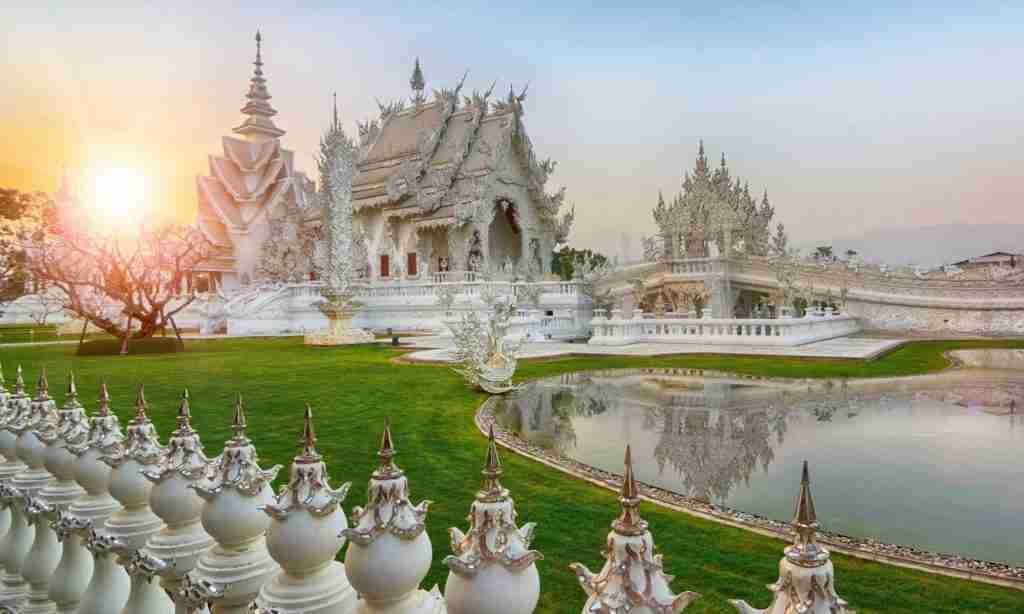
Conclusion
The White Temple in Chiang Rai is a breathtaking blend of art, spirituality, and cultural symbolism. Its distinctive all-white design, combined with intricate details and modern artistic elements, makes it a unique destination that captivates visitors and offers profound insights into Buddhist teachings and the creative vision of Chalermchai Kositpipat.
What’s More
The posts in My Blog feature reflective, story-driven pieces rooted in personal and societal insights.
The topics in My Interests explore abstract, philosophical ideas and their cultural and societal impact.



